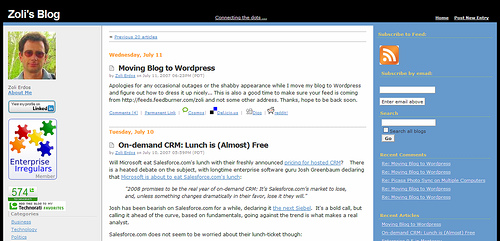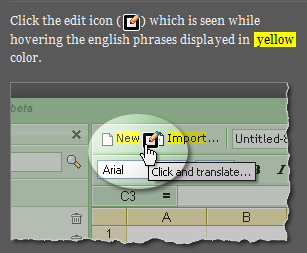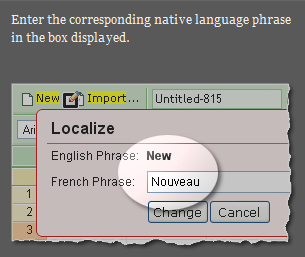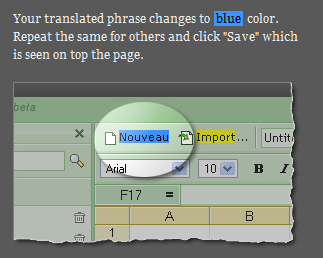 Since I’ve just advocated context, context and context fro social networking, I figure I might as well try Jiglu, being launched today, which promises to auto-tag our blogs in context.
Since I’ve just advocated context, context and context fro social networking, I figure I might as well try Jiglu, being launched today, which promises to auto-tag our blogs in context.
Blognation & CenterNetworks both warmly praise the new service, and Venturebeat provides detailed analysis:
Jiglu, by comparison, uses semantic search technology to take tagging a step further, crawling entire websites to tag and categorize according to the relative importance of subjects.
The technology works by first determining important keywords within specific blocks of text, then drawing correlations between keywords in other blocks, assigning scores to keywords or phrases that come up repeatedly to produce a list of important tags. The software works continuously, adjusting its scoring system when new content is introduced…
What I am missing from all these writeups is actual demonstration of Jiglu. Guys, I don’t see your Jiglu widget installed…![]() OK, so I’ll be the guinea-pig: it’s installed right here on the sidebar(*), let’s wait and see the results it will soon (?) produce.
OK, so I’ll be the guinea-pig: it’s installed right here on the sidebar(*), let’s wait and see the results it will soon (?) produce.
Update: further analysis of Jiglu’s business model on TechCrunch.
*Update #2: For now I removed the widget, but only temporarily. It grew a mile long, making it hard to read (too low level of granularity?). CEO Nigel (see comments below) says to check in a few days, so that’s what I’ll do.












 Michael Dell has warmed up
Michael Dell has warmed up 
Recent Comments